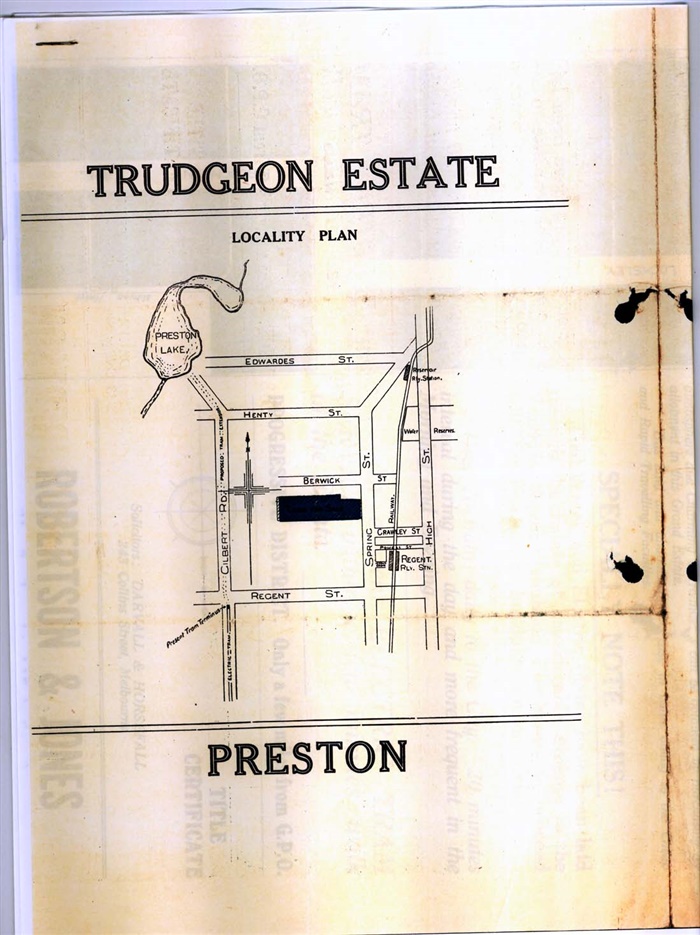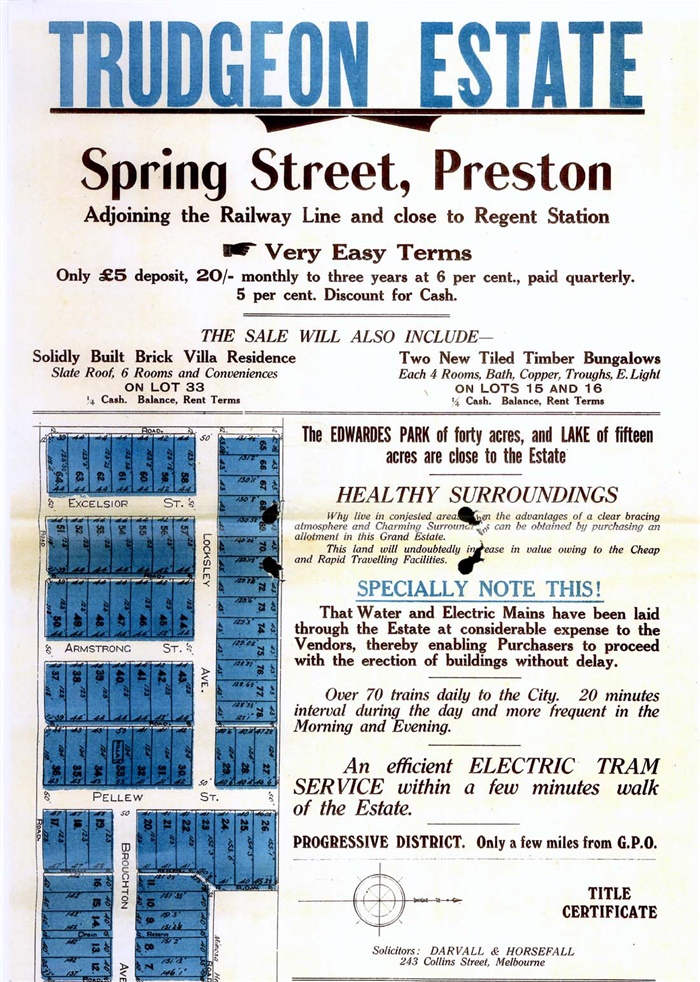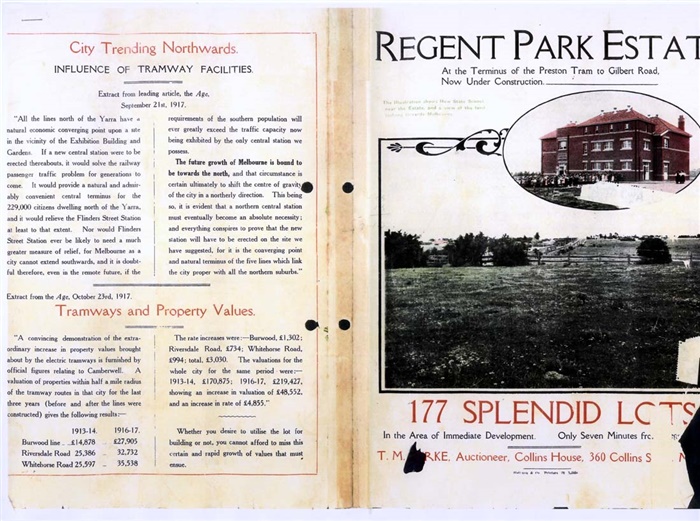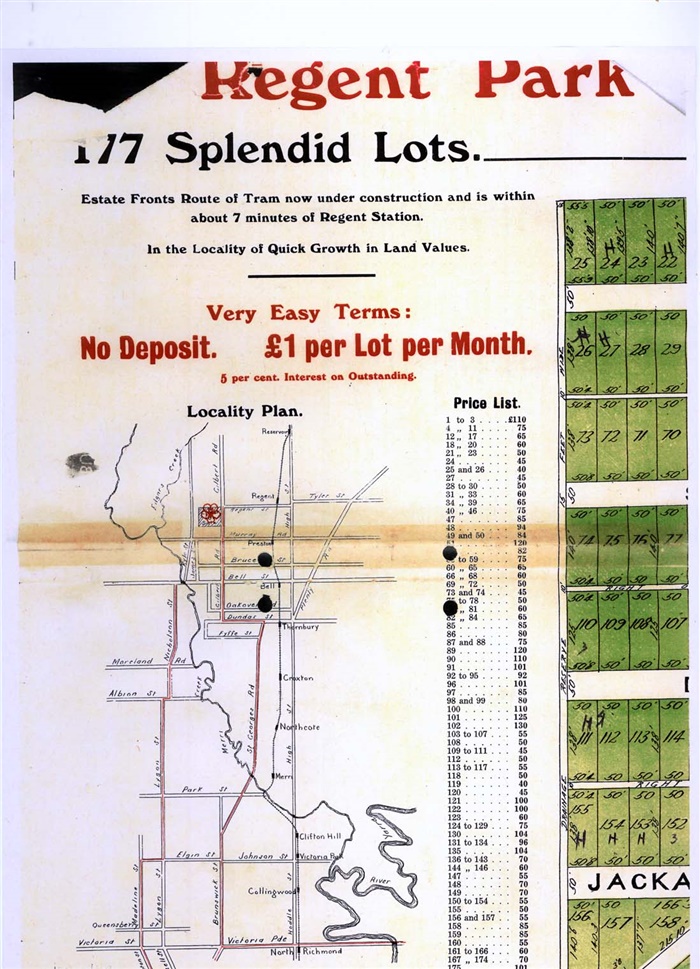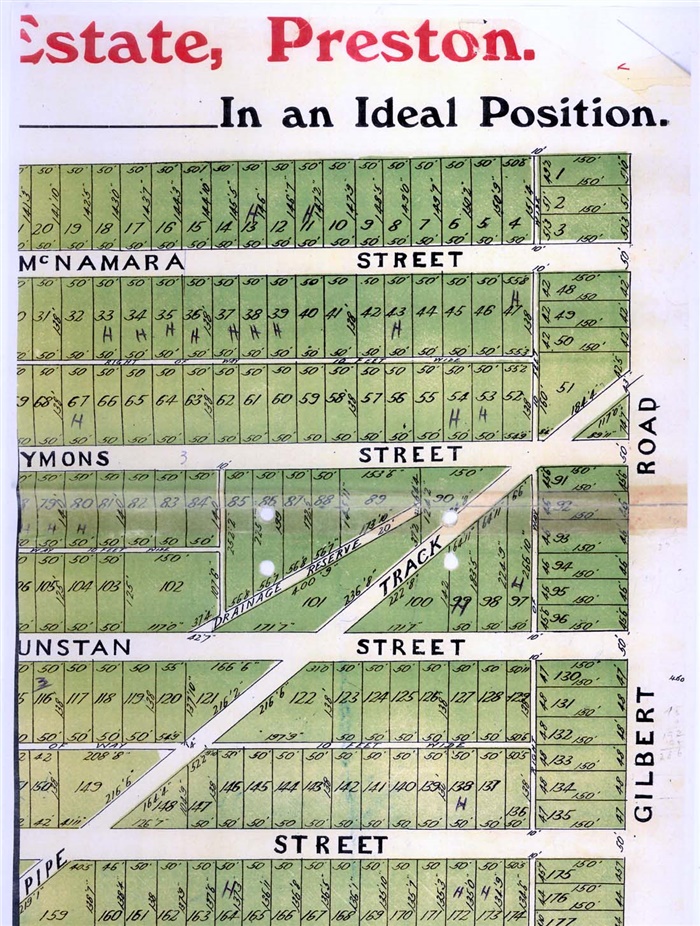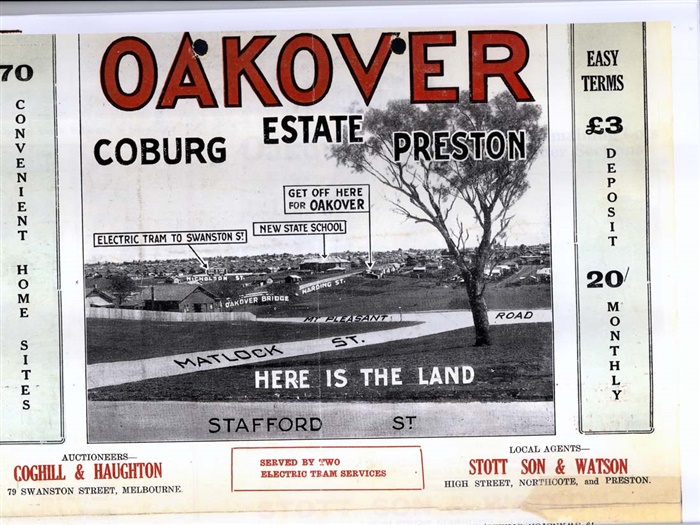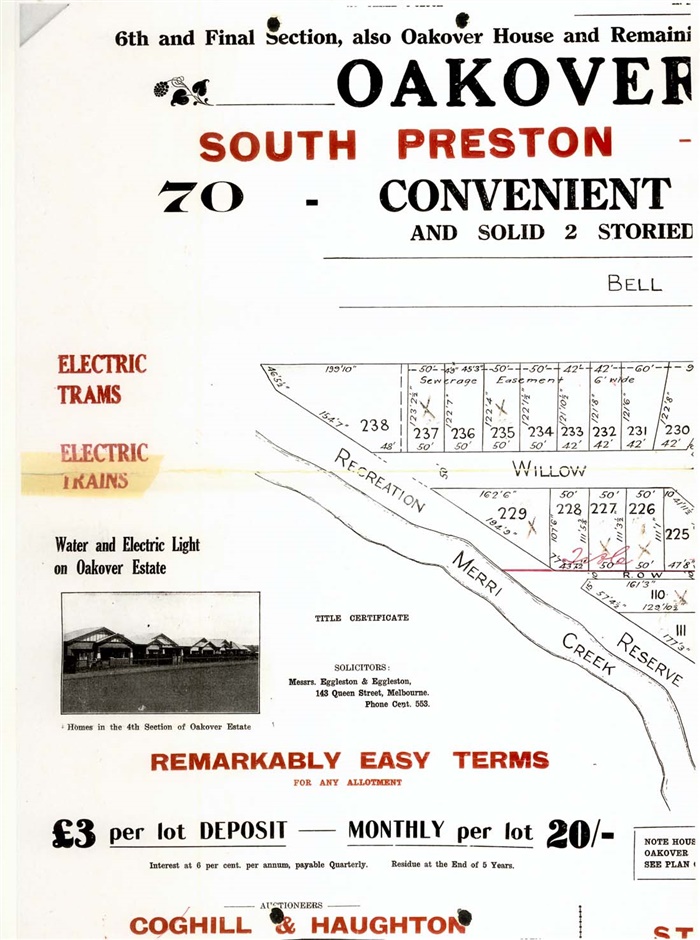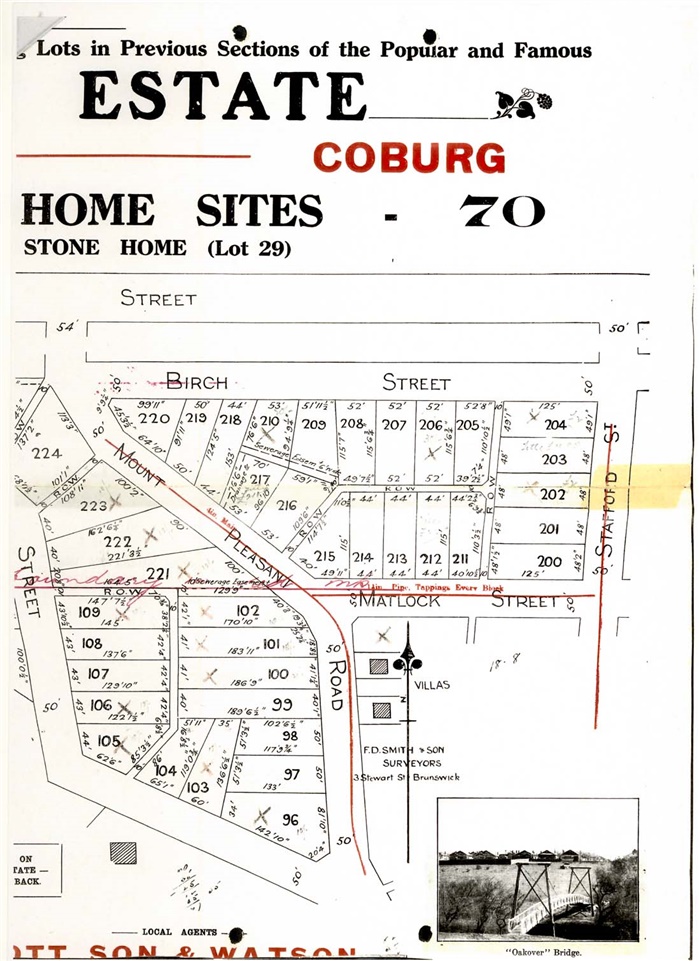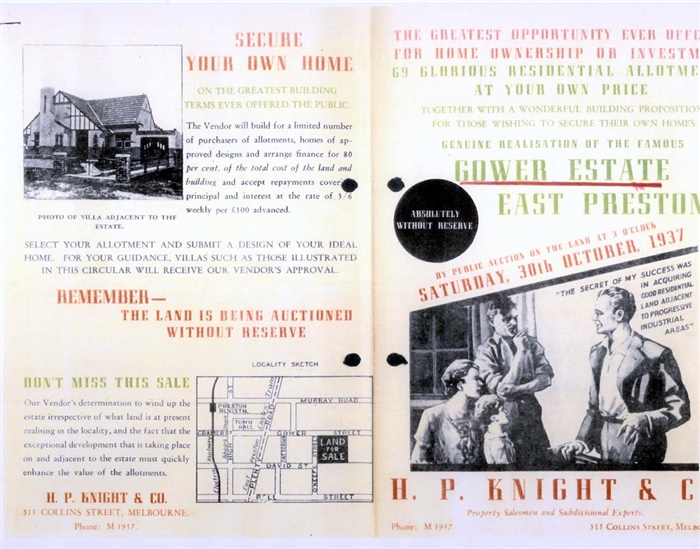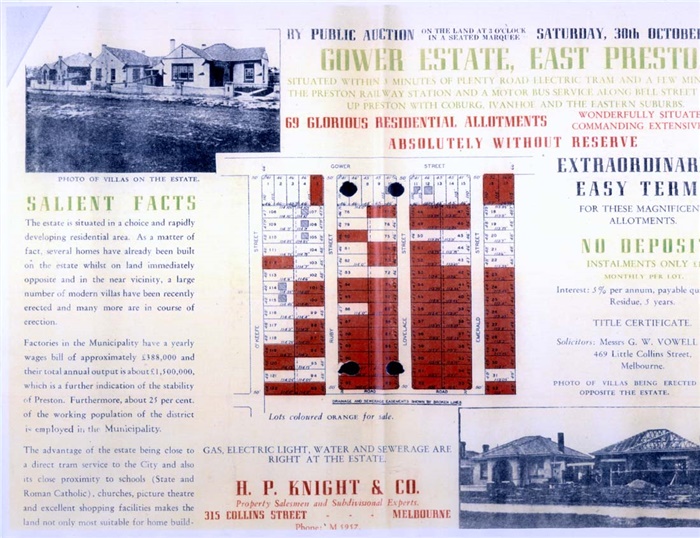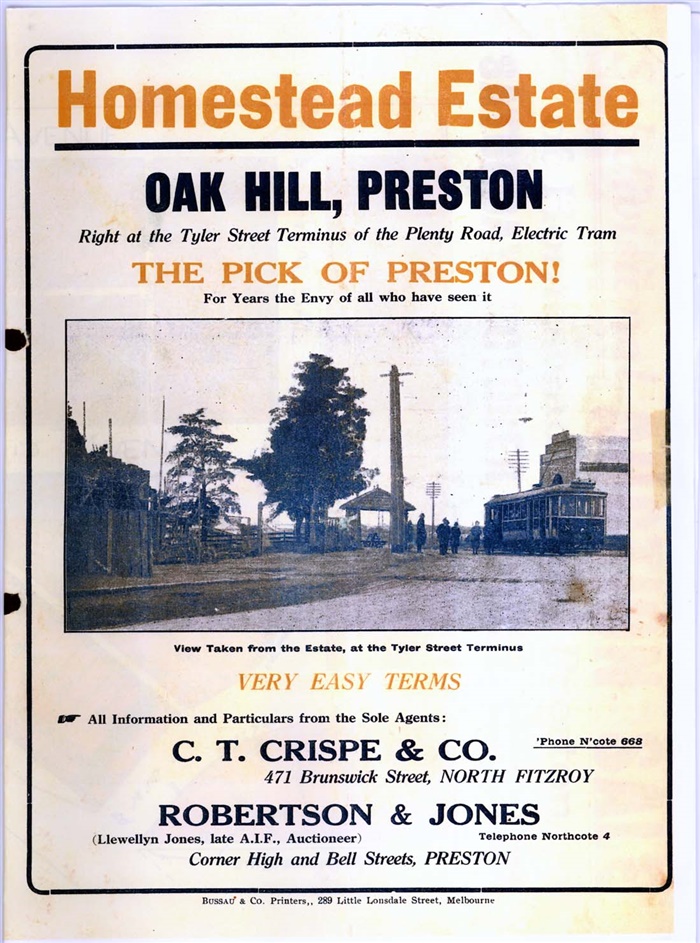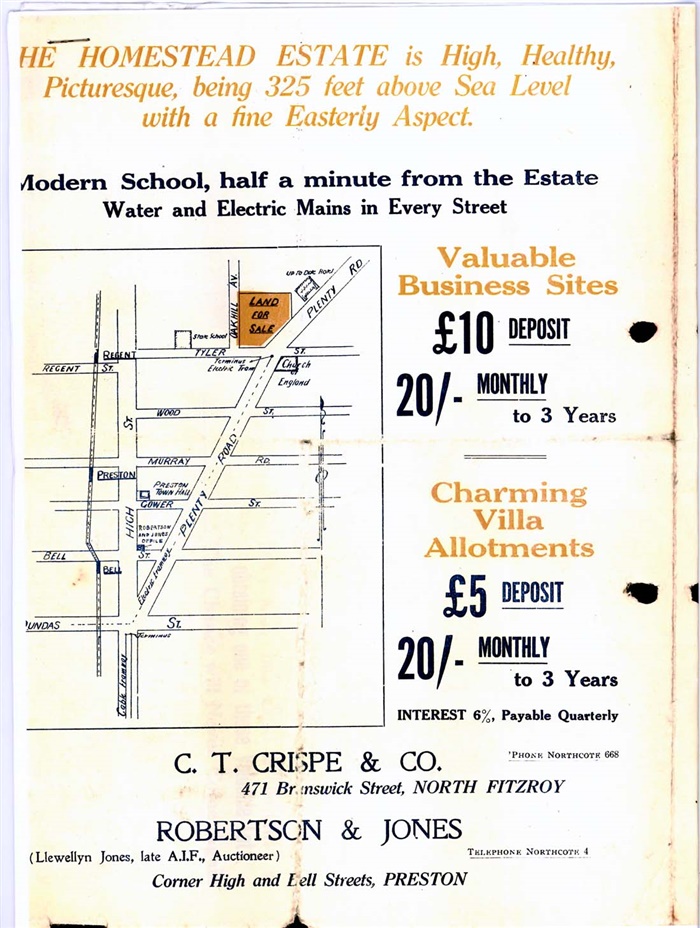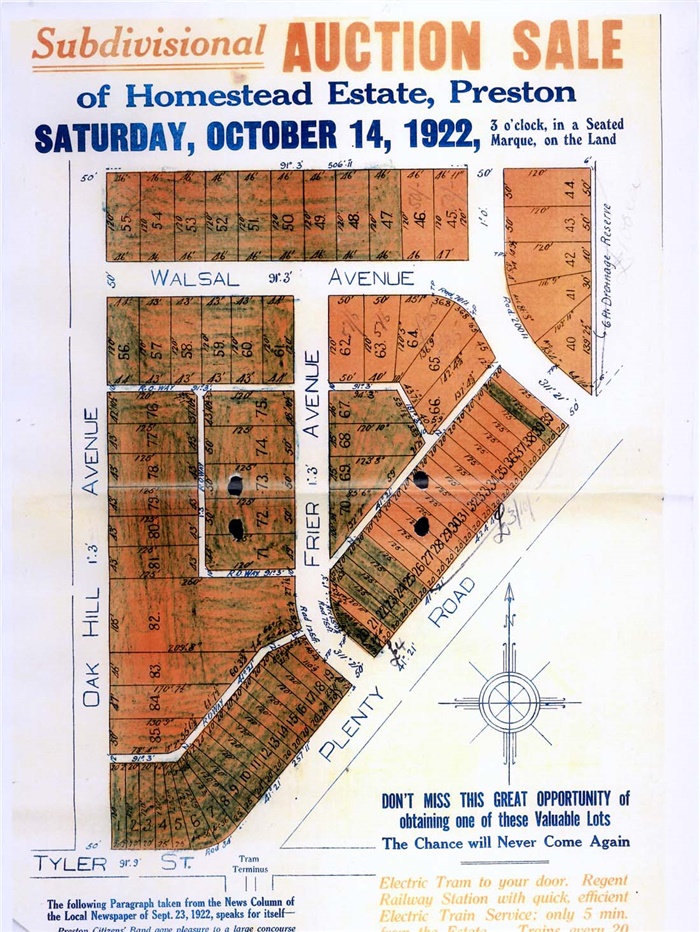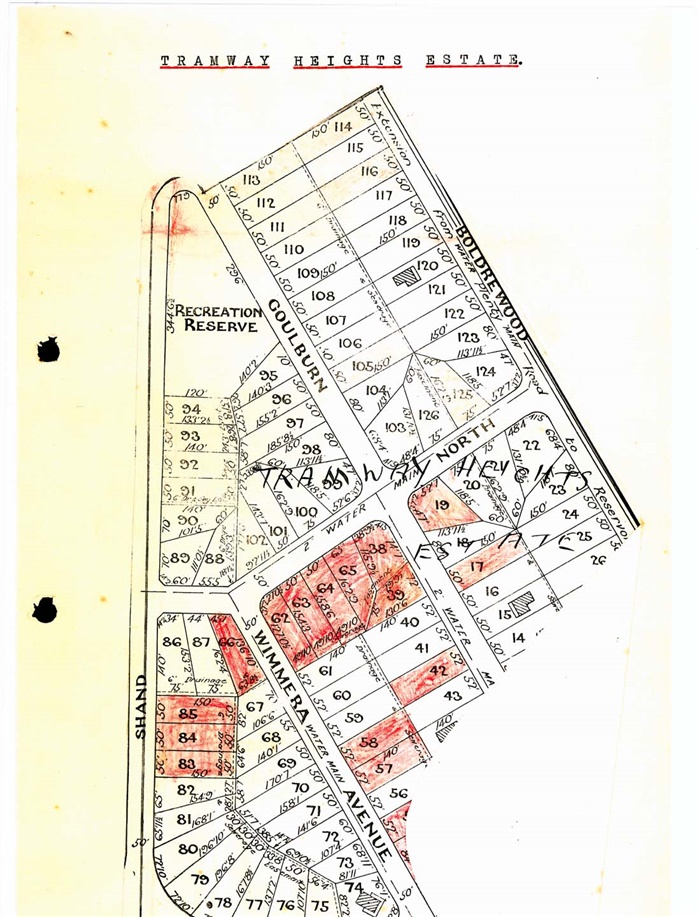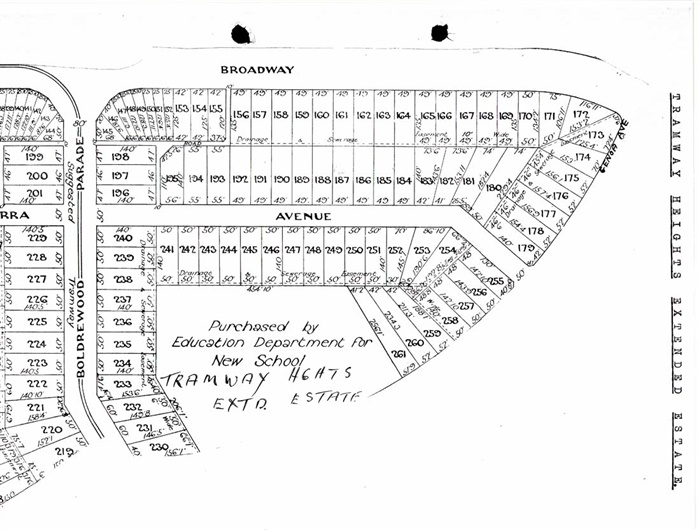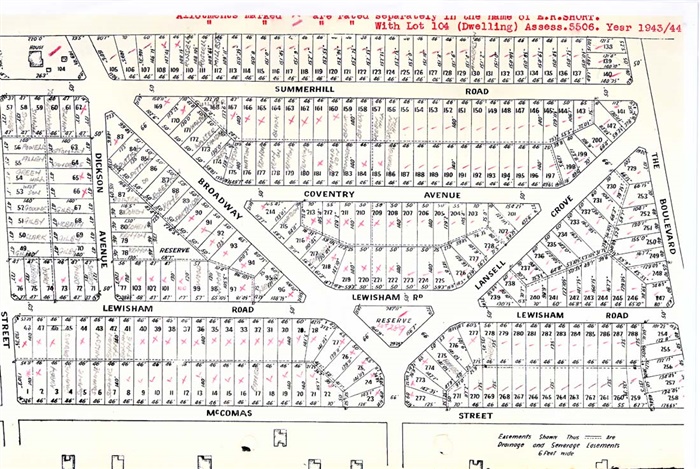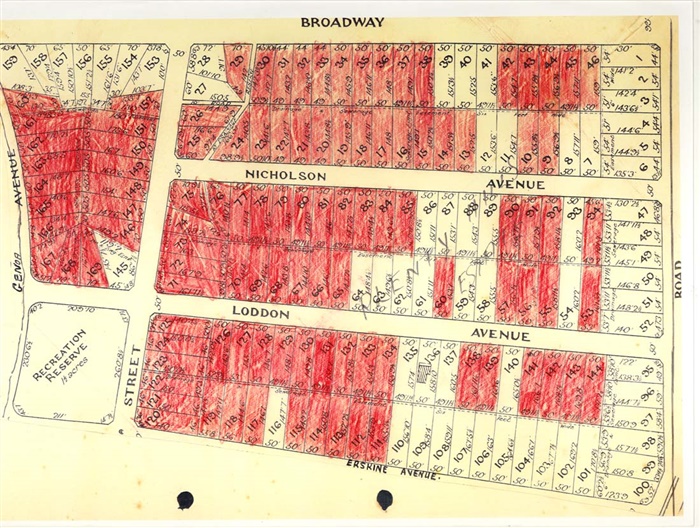Preston
In 1837 Robert Hoddle surveyed the parish of Jika Jika, the suburb later to be known as Preston. The entirety of the present area of the city was sold to land speculators in 1838 and 1839 during Melbourne’s Land Boom. Properties were sold in allotments of between 300 acres in the south and over 1000 acres further north (see map Forster, 10-11). These large properties were further subdivided and sold for considerable profits in the years following. One of the early purchasers was Captain William Lonsdale who purchased 530 acres bordered by High, Bell and Dundas St and had a frontage on the Darebin Creek.
The first permanent residents were farmers. Samuel Jeffrey settled in 1841 and held Methodist services in the area which he named 'Irishtown'. The two major roads were High St (also know as Epping Rd) and Plenty Rd. In 1850 Edward Wood set up a store on the corner of High St and Wood St to cater for local farmers and travellers on their way to the goldfields. This store became the area’s first post office and was named Preston after a Sussex village in 1856. In 1856 Wood was a founding member of the Baptist Church. The area south of Wood’s Store was known as 'Gowerville' up until the 1880s.
During the 1860s Preston locals, numbering under 200, were serviced by five hotels, three of which still stand today, The Preston Hotel (1856) The Junction (1861) and the Rose Shamrock in Reservoir (1854). The first schools in the area were established in 1854 by the Anglicans (no. 494) and Wesleyans (no. 505). The first state school (no.824) opened in 1866 with 30 students and the Tyler St School (no.1494) was opened in 1875, catering for 160 children. The denominational schools closed shortly afterwards. In 1876 the Preston Public Library was established.
In 1864 Preston became part of a local government joining Northcote as part of the Epping Road District. The Darebin Shire was formed in 1870 via a merger with the Woodstock and Upper Plenty/Morang Boards however Northcote and Preston split to form the separate Shire of Jika Jika in 1871. On 11 September, 1885, Preston and Northcote were declared separate shires.
The abundance of water from the area’s creeks influenced early industrialization. In 1862 the first bacon factory was opened by William Watson and William Paterson and followed by Hutton’s in 1880. The first tannery, Braithwaite’s in Murray Rd, was established in 1865 followed by Broadhurst’s in 1880 and Zwar’s in 1898. Whilst fertile areas were well suited to farming, Preston’s large deposits of clay, especially south of Bell Street, provided for the brick, tiles and pottery industries.
The booming prosperity of Melbourne in the 1880s and its vast increase in population saw rural Preston slowly transform into a suburb. Farms were subdivided as the population grew modestly from 2,054 in 1887 to 3,568 in 1891. The major draw card for sales was the proposed railway services linking to the city. In 1889 a railway line from Collingwood to Whittlesea via Preston was opened. The subsequent depression of the 1890s saw the population creep below 3000 before rising again to 4073 in 1901 as a result of low rents. Virtually all of the settlement at this time was south of Bell St. within 200 metres of High St. and Plenty Rd.
By 1921 Preston had the highest population density of any shire in Victoria with a census showing 9670 residents. The population trebled in the following years to over 30,000 resulting in the conversion in municipal status from shire, to borough and eventually to city in 1926. The rise in population can be attributed to the increased birth rates as a result of the Baby Boom, people moving away from the crowded inner suburbs and an influx of overseas immigrants. Nearly 1000 homes were built per year during this period. This unprecedented growth resulted in vast improvements in public transport. Whereas previously the only transport to the city had been via a cable tram which terminated at Dundas St. new electrified trams and trains put the suburb within reach.
Like much of Melbourne the Great Depression saw two decades of slow population growth until after the Second World War when the population jumped from 46, 775 in 1947 to 84, 146 in 1961. This was the most rapid growth rate yet for Preston. The major factor of this was undoubtedly overseas immigration, with the majority of new residents coming from Italy, Greece, China and Vietnam. Preston has since maintained its reputation as a cultural melting pot, reflected in the diversity of specialty shops in the High St shopping strip. The 2006 census shows that 30% of Preston’s current population was born overseas.
The Preston and Northcote Community Hospital (PANCH) opened in 1960 servicing the area until 1998. In 1999 it was converted into the Bell Centre student accommodation. Northland Shopping Centre became Victoria’s first indoor mall in 1966 and La Trobe University held its first classes in 1967. On 22 June, 1994, Preston city merged with Northcote city to form the City of Darebin.
Carroll, Brian & Rule, Ian (1985). Preston: an Illustrated History. Preston: City of Preston.
Edge, Gary (2004). Surviving the six o’clock swill: a history of Darebin’s hotels. Melbourne: Darebin Libraries.
Forster, Harley W. (1968). Preston Lands and People. Melbourne: Cheshire.
'eMelbourne - the city past and present' retrieved from www.emelbourne.net.au
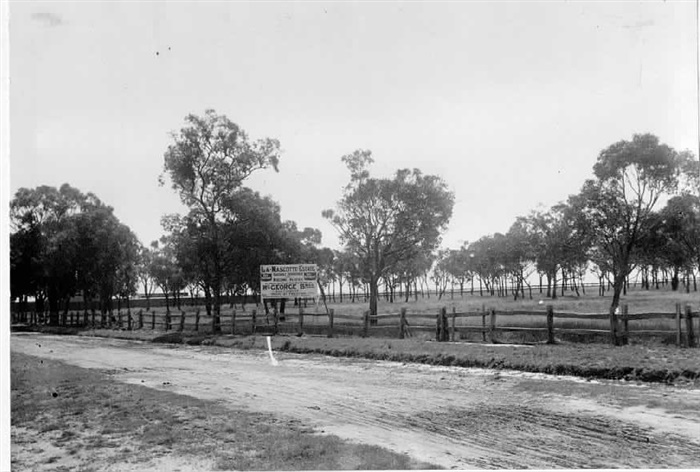
![Image of Benambra Estate 1920 [PHS]](/-/media/Libraries/Images/Recommendations/Heritage/HeritageBackUpDump/PART-1/90264jpg700x0.ashx)
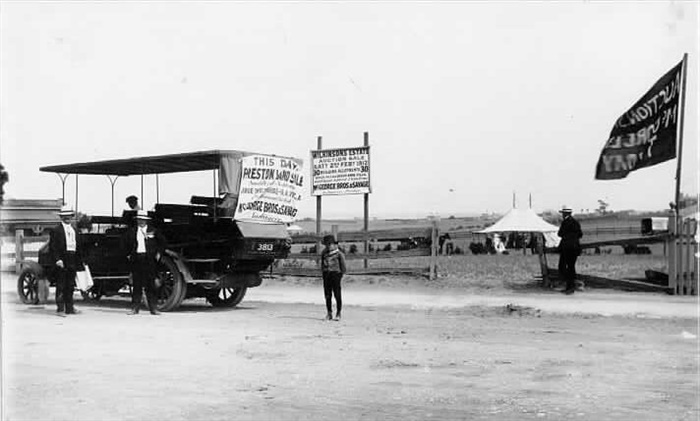
![Image of Tramway Terminus sales 1913 [PHS] [LHRN90-267-2]](/-/media/Libraries/Images/Recommendations/Heritage/HeritageBackUpDump/PART-1/902672jpg700x0.ashx)
![Image of Land sales in Preston c.1880 [PHS]](/-/media/Libraries/Images/Recommendations/Heritage/HeritageBackUpDump/PART-1/902692jpg700x0.ashx)
![Image of Land sales in Preston c.1900 [PHS]](/-/media/Libraries/Images/Recommendations/Heritage/HeritageBackUpDump/PART-1/90270jpg700x0.ashx)

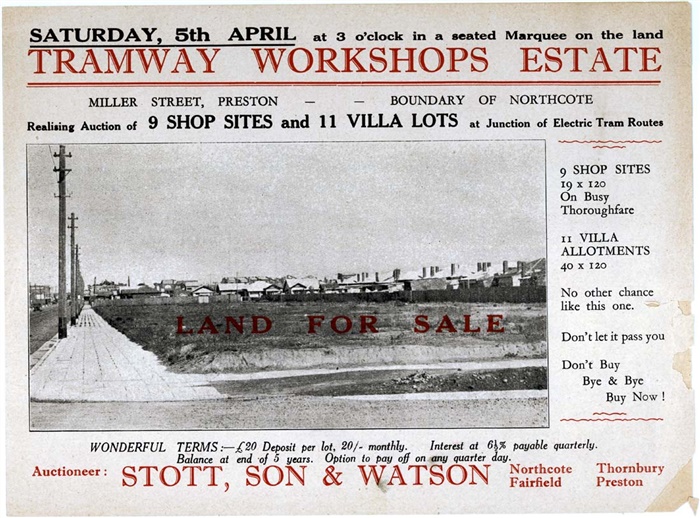
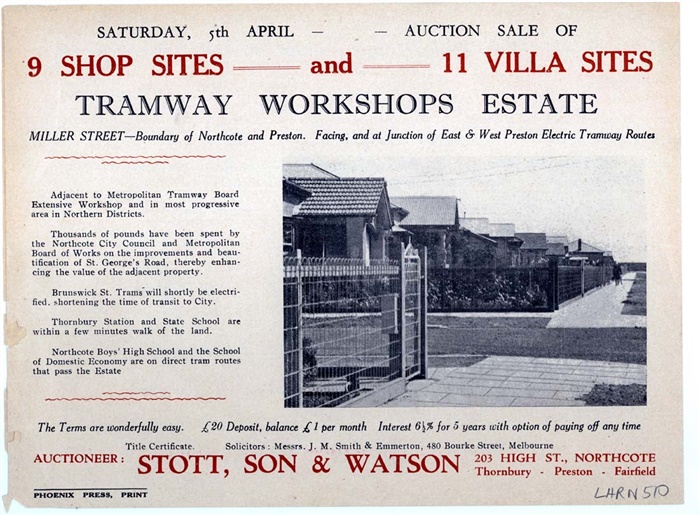
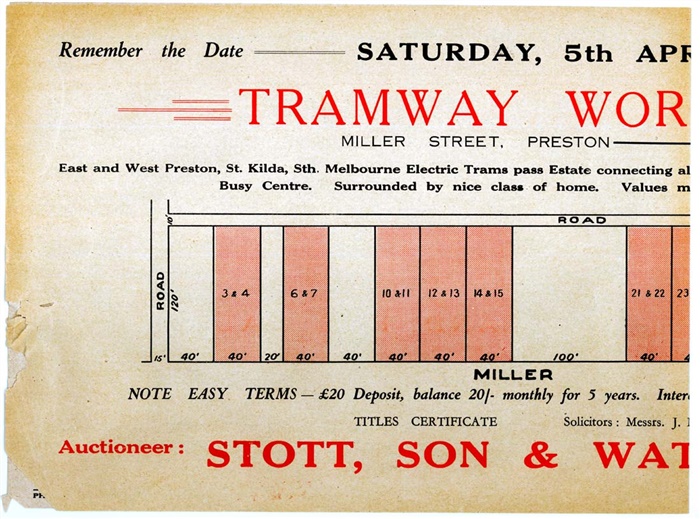
![Image of Tramway Workshops estate. [LHRN510-4]](/-/media/Libraries/Images/Recommendations/Heritage/HeritageBackUpDump/PART-1/lhrn5104jpg700x0.ashx)
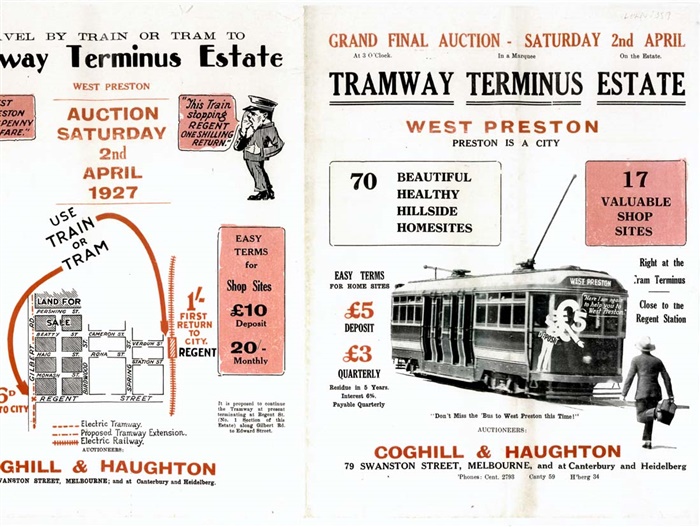
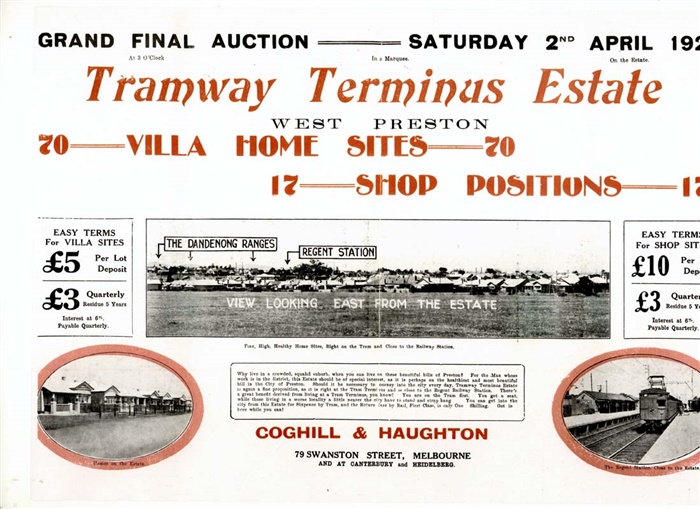
![Image of Trudgeon Estate 1923. [LHRN1510-1]](/-/media/Libraries/Images/Recommendations/Heritage/HeritageBackUpDump/PART-2/lhrn15101jpg700x0.ashx)
